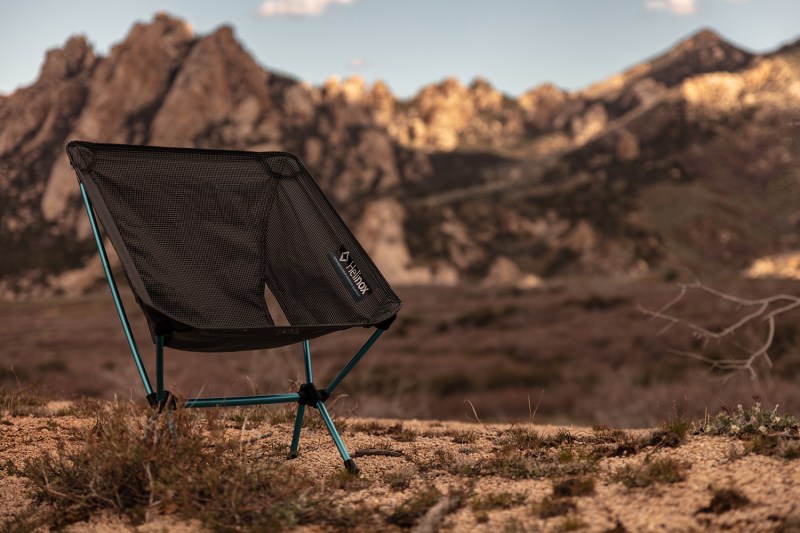
Heading into the outdoors, there’s a fine line between being prepared and overpacking. In the past, camp chairs usually fell into the overpacking category because they were bulky and heavy, and were not a viable option for backpacking and backcountry use.
However, a new breed of lightweight backpacking chairs has emerged in recent years, making it possible to have your cake and eat it, too. There’s nothing like putting your feet up in a comfortable chair around the fire at the end of a long day.
Here are our picks for your next adventure, which include the best backpacking chairs that are above the ground and on the ground, and stools.
Helinox Chair One
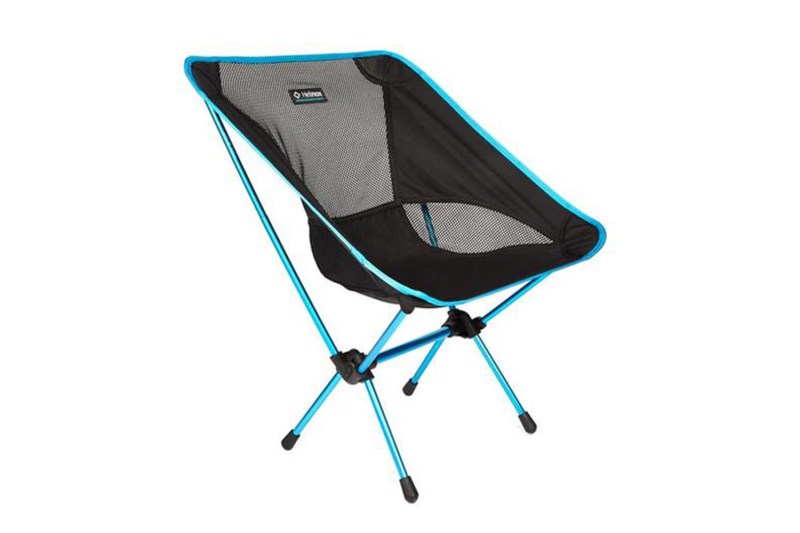
We can’t mention lightweight camp chairs without including Helinox. Recently, the brand launched a line of hybrid indoor/outdoor furniture, perfect for the backyard patio. Here, we’re talking about the Chair One, the super packable chair that put Helinox on the map. The tent-style poles suspend a thin seat cover. The poles attach to a hub in the middle. Everything pops together with shock cords inside the poles. Looks can be deceiving, though, as these can still hold 320 pounds. For something smaller and even lighter, look for the Helinox Chair Zero.
- Weight: 2.1 pounds
- Capacity: 320 pounds
Big Agnes Skyline UL Chair
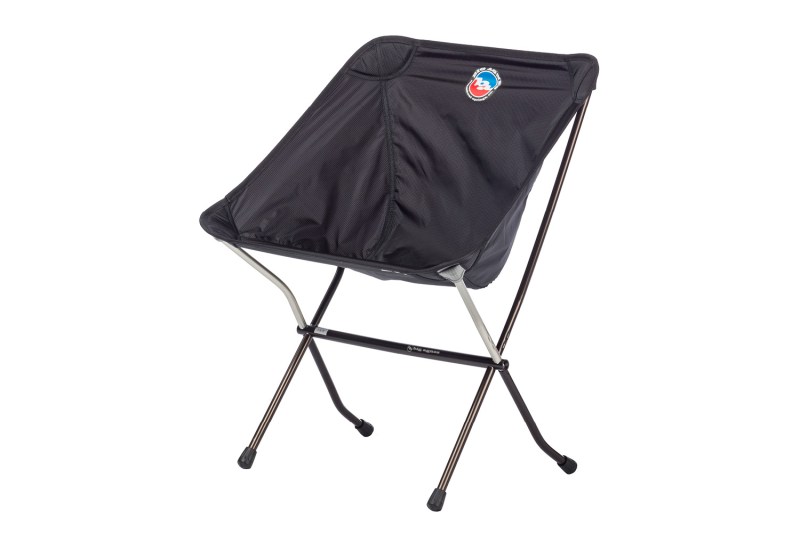
Upping the game from the Chair One and Zero, the Skyline UL Chair from Big Agnes removes the pole hub and still manages to hold everything together. The lightweight seat sits on top. The poles are pre-bent to make the footprint even lower but still hold 275 pounds. The seat sits 15 inches high.
- Weight: 1.75 pounds
- Capacity: 275 pounds
REI Co-op Flexlite Air
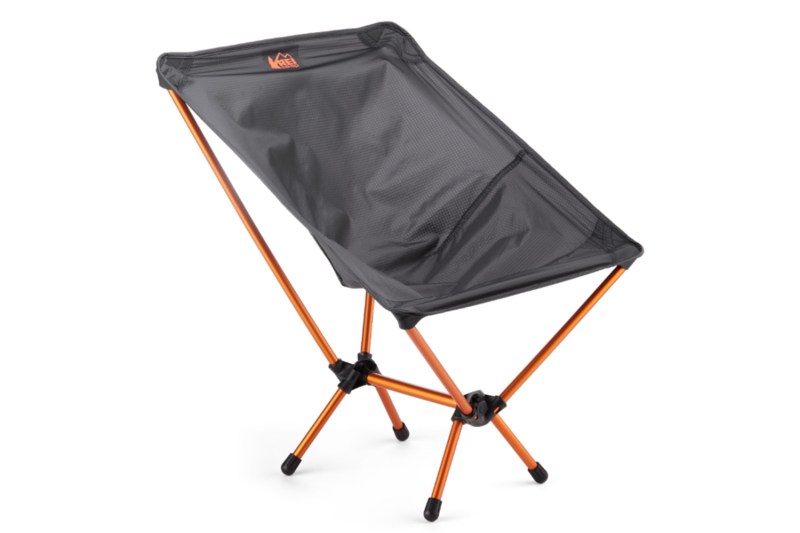
REI Co-op brings its lightweight game to the table with the Flexlite Air chair. Weighing just one pound, it still sits high off the ground with four legs. The design can be a bit tippy side to side but, really, when it comes to camp furniture, you would need a monster chair to truly be really stable. For setup, the shock-corded poles pop into place and the four corners of the seat cover hook on. In about 15 seconds after arriving at camp, your tired bones can be in a comfortable chair.
- Weight: 1 pound
- Capacity: 250 pounds
TravelChair Joey C-Series
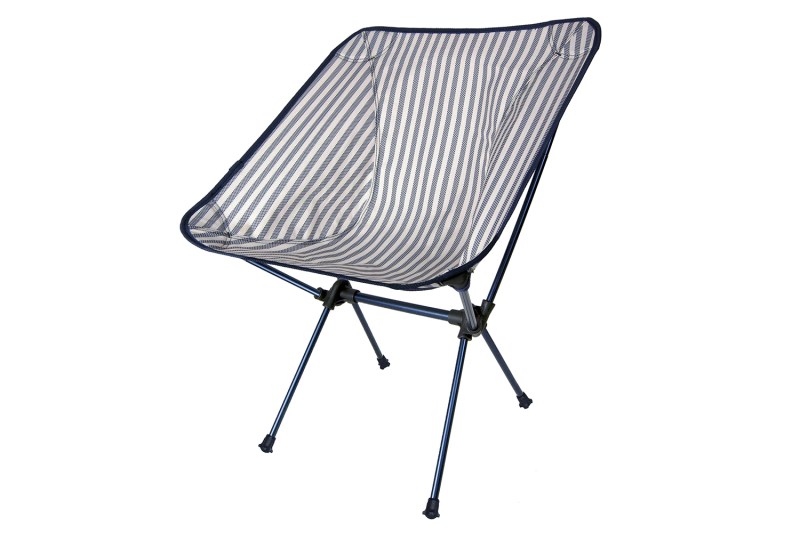
One of the risks you run with ultralight gear is durability. Strength and weight can be shaved too much. The TravelChair Joey strikes a balance between weight and sturdiness, weighing 2 pounds but still keeping plenty of metal where it counts. For kayaking, canoeing, or motorcycle camping, the Joey packs down small but provides a 16-inch tall chair for relaxing around the fire. Hard tabs on the feet grab the ground and keep you in place.
- Weight: 2 pounds
- Capacity: 275 pounds
Therm-a-Rest Z Seat
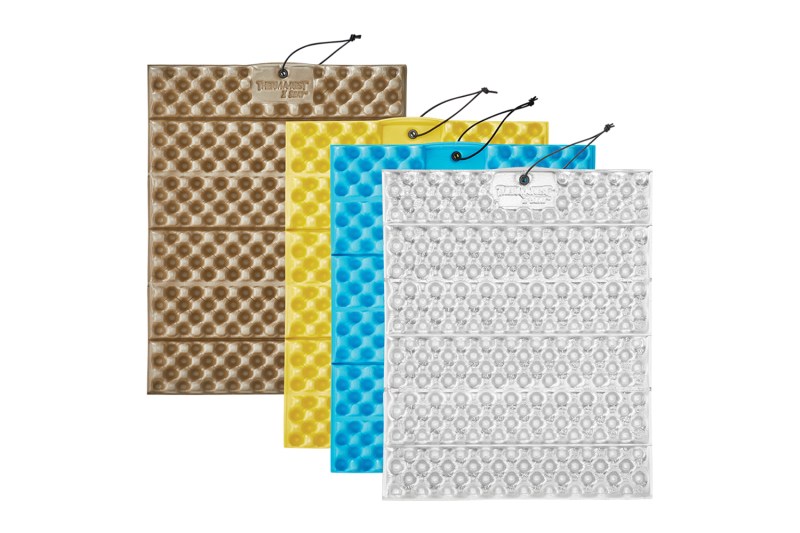
Whether you’re ounce-counting or dollar-counting, the Z Seat from Therm-a-Rest is about as low as you can go. The closed-cell foam pad is only two ounces and is virtually indestructible. There are no air pockets to pop or poles to break. The ThermaCapture surfaces reflect heat back to you on snow or cold rock. It folds up like an accordion and stays closed with attached bungees.
- Weight: 2 ounces
- Capacity: Any
Crazy Creek Hex 2.0 Original
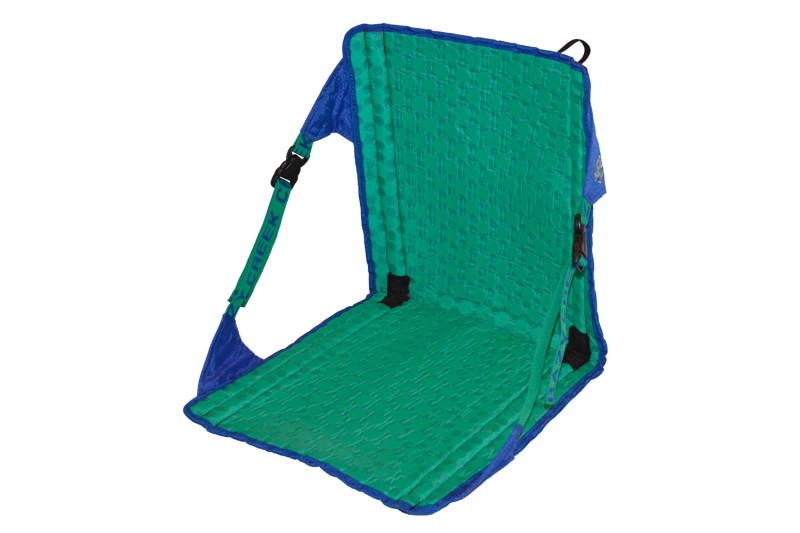
Sitting on a pad on the ground is sometimes enough for tired legs but being able to lean back can make all the difference. The Crazy Creek Hex 2.0 Original chair is a stadium or canoe seat that works great on the ground, too. The foam seat is held upright with straps, giving your back a rest. The thin foam folds up small but still provides cushion. Flat carbon rods inside give structure to the seat and keeps weight down.
- Weighs: 1.3 pounds
- Capacity: 250 pound
Alps Mountaineering Weekender Seat
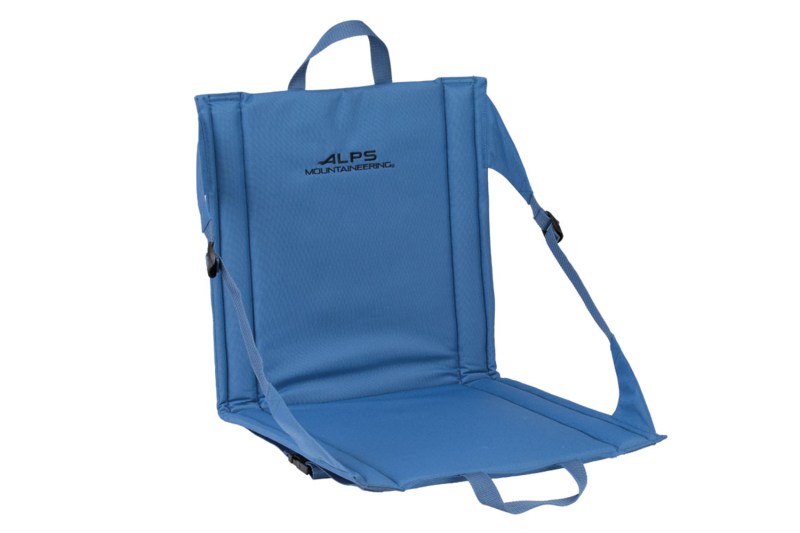
For another simple ground option like the Hex with a killer price, the Alps Mountaineering Weekender chair is hard to beat. At only 21 ounces, the Weekender still has straps to go around canoe seats or stadium benches. The pocket in the back keeps essentials close by. Grab handles make transport a cinch.
- Weight: 1.3 pounds
- Capacity: N/A
Walkstool Basic
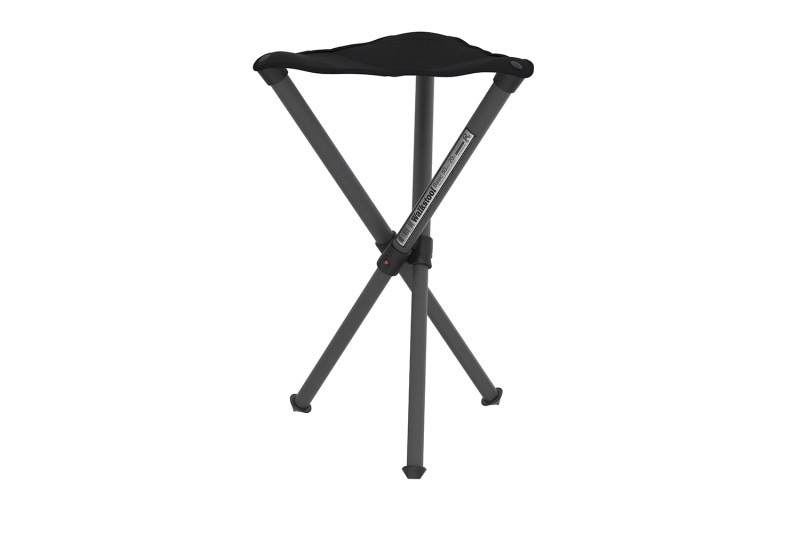
If you need something simple but solid, the three-legged Walkstool Basic might be what you need. All three legs extend up to 20 inches tall (there is a 24-inch version as well). It’s possible to sit on it with the legs retracted, albeit a little more carefully. Each stool can hold 330 pounds, which the Walkstool website shows off in a video of a forklift lowering a Volvo sedan onto four Walkstools.
- Weight: 1.5 pounds
- Capacity: 330 pounds
Grand Trunk Micro Camp Stool

The Micro Camp Stool from Grand Trunk might not have the 330-pound limit the Walkstool Basic does but 250 pounds still gets the job done most of the time. At only 10 ounces, it’s a lot lighter to carry. The shock-cord assembly comes apart quickly to tuck into the included stuff sack. A small mesh shelf underneath keeps accessories out of the mud. The Micro makes an excellent folding footstool for just $30.
- Weight: 0.6 pounds
- Capacity: 250 pounds
Editors' Recommendations
- Camper van vs Class B RV: How to choose which to buy for your outdoor adventures
- Dust off your gear, it’s time to hit the trail: The spring hiking tips you need
- 11 best climbing documentaries to get you pumped for your next adventure
- Get the best camping axes for cutting, chopping, and prepping your way around the campsite
- These are the best multi tools you need to have in your EDC kit, hands down


